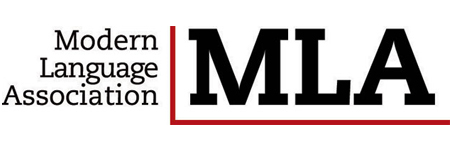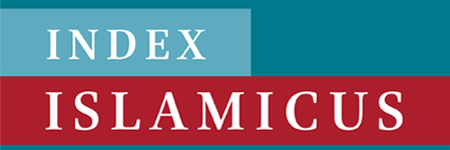The Alevism-Bektasism Order and The Akhis Organisation in Anatolia: Ideas and Practices
DOI:
https://doi.org/10.24082/2024.abked.465Keywords:
Anatolia, Seljuks of Rum, Akhis of Rum, Alevism- BektasismAbstract
The Seljuk Turks’ victory at the Battle of Manzikert (1071 AD) and their entry into Anatolia marked a new chapter for this ancient land. The emergence of the Sultanate of Rum led to extensive political, social, and cultural transformations in the region. Gradually, with the consolidation of Seljuk rule, nomadic and urban Turks, drawn by the promise of prosperity and security in Anatolia, crossed the deserts of Central Asia and flocked to Anatolia in droves. To strengthen the foundations of their weakening caliphate in the 6th-7th/12th-13th centuries, the Abbasid caliphs supported the futuwwa movement. They joined them and encouraged their vassal rulers to do the same, spreading futuwwa throughout the Islamic lands. The Mongol invasion prompted a migration of scholars and Sufis to Anatolia, where they found refuge under the Seljuk kings. The kings’ support for futuwwa and Sufism and socio-political changes in the region led to various Sufi orders in Anatolia. Despite its combative stance against the Seljuks, the Alevi-Bektasi order became one of the most influential Sufi movements in the region and was significantly impacted by the Akhis tradition. Alevi Bektasi order was influenced by futuwwa ideas and practices. Some of their rituals in Jam ceremony are similar to futuwwwa. With the rise of the Alevi-Bektasi order during the Ottoman period, many Akhi members joined this order. The simplicity of teachings, emphasis on action, and the presence of Shia rituals in both groups brought them closer together and eventually united them. This paper examines the influence of them on the Bektasism, highlighting the similarities between the two movements that eventually led to their integration.
Downloads
Downloads
Published
How to Cite
Issue
Section
License
Copyright (c) 2024 Journal of Alevism-Bektashism Studies

This work is licensed under a Creative Commons Attribution-NonCommercial-NoDerivatives 4.0 International License.








